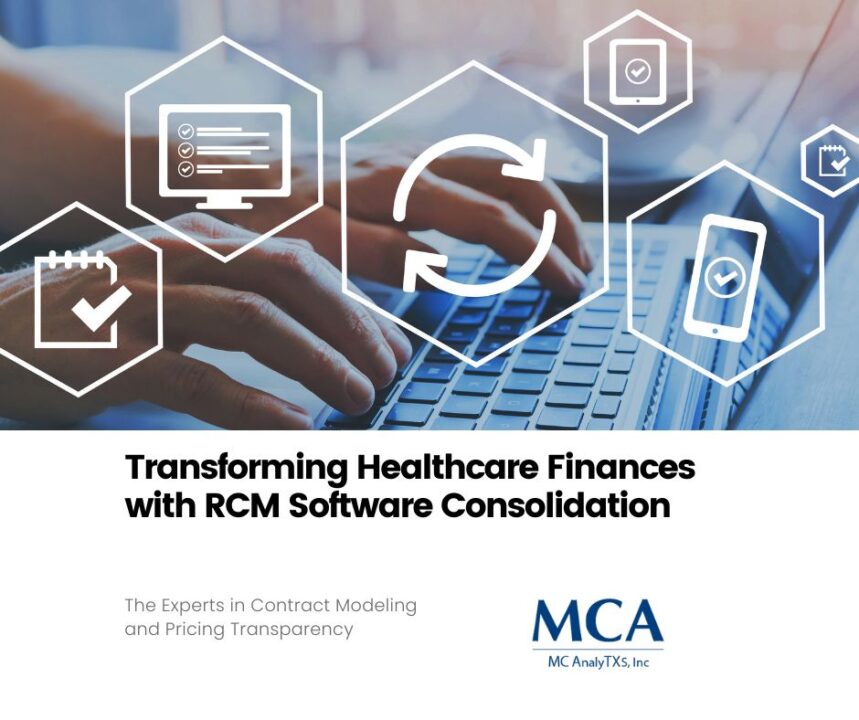
Why Revenue Cycle Leaders are Prioritizing Automation
November 10, 2023
Underpayments are Robbing Your Hospital of Revenue: How to Re-coup Earnings
November 22, 2023Revenue cycle management is a vital component of any healthcare organization. The process of managing financial transactions is essential to the success of healthcare providers. However, with the shortage of qualified staff, the management of these financial transactions has become more difficult. The loss of revenue due to short staffing is a significant concern for healthcare organizations. To understand this issue further, we asked leaders to weigh in on why short staffing is driving revenue loss and their top challenges and opportunities to improve.
The cost of short-staffing in revenue cycle management
The cost of short-staffing in revenue cycle management can be substantial. Incomplete billing processes, increased workloads, and longer claims processing times can lead to lost revenue. Additionally, overworked staff can cause burnout and increased staff turnover, leading to further revenue loss. The shortage of qualified staff can make it difficult to complete vital tasks such as coding and billing. This can lead to unpaid claims, denied claims, and an overall reduction in revenue.
Top challenges and opportunities to improve
Leaders are focused on identifying the top challenges and opportunities to improve revenue cycle management processes. One of the biggest challenges is hiring and retaining qualified staff. The shortage of qualified staff makes it difficult to keep up with the ever-changing healthcare environment. Additionally, there is a need for more advanced technology and streamlined processes. Organizations that adopt new technologies, such as automated billing processes and artificial intelligence, can improve both the speed and accuracy of billing.
Importance of data analysis
One of the key opportunities to improve revenue cycle management is data analysis. Data analytics can provide insights into billing trends, denied claims, and areas where revenue loss is occurring. By analyzing data, organizations can identify areas for improvement and adjust their processes to optimize efficiency and revenue. Additionally, organizations can use data to track and analyze staffing levels and adjust their staffing plans accordingly.
Addressing revenue loss due to short-staffing
To address revenue loss due to short-staffing, organizations must take a proactive approach. This includes investing in technology and automation, streamlining processes, and analyzing data to identify areas for improvement. Additionally, organizations must focus on hiring and retaining qualified staff. Providing reasonable compensation, training, and opportunities for career advancement can help to attract and retain qualified staff. Finally, organizations must promote a culture of continuous improvement to ensure ongoing success.
Conclusion:
Revenue cycle management is a complex process that requires a skilled and qualified workforce. However, the shortage of qualified staff can lead to lost revenue and increased costs. By focusing on hiring and retaining qualified staff, adopting new technologies, and analyzing data, organizations can optimize their revenue cycle management processes. Addressing the issue of short staffing in revenue cycle management requires a proactive approach, but the benefits of doing so are clear. Improved efficiency, increased revenue, and a more engaged workforce can help healthcare organizations thrive in today’s challenging environment.





